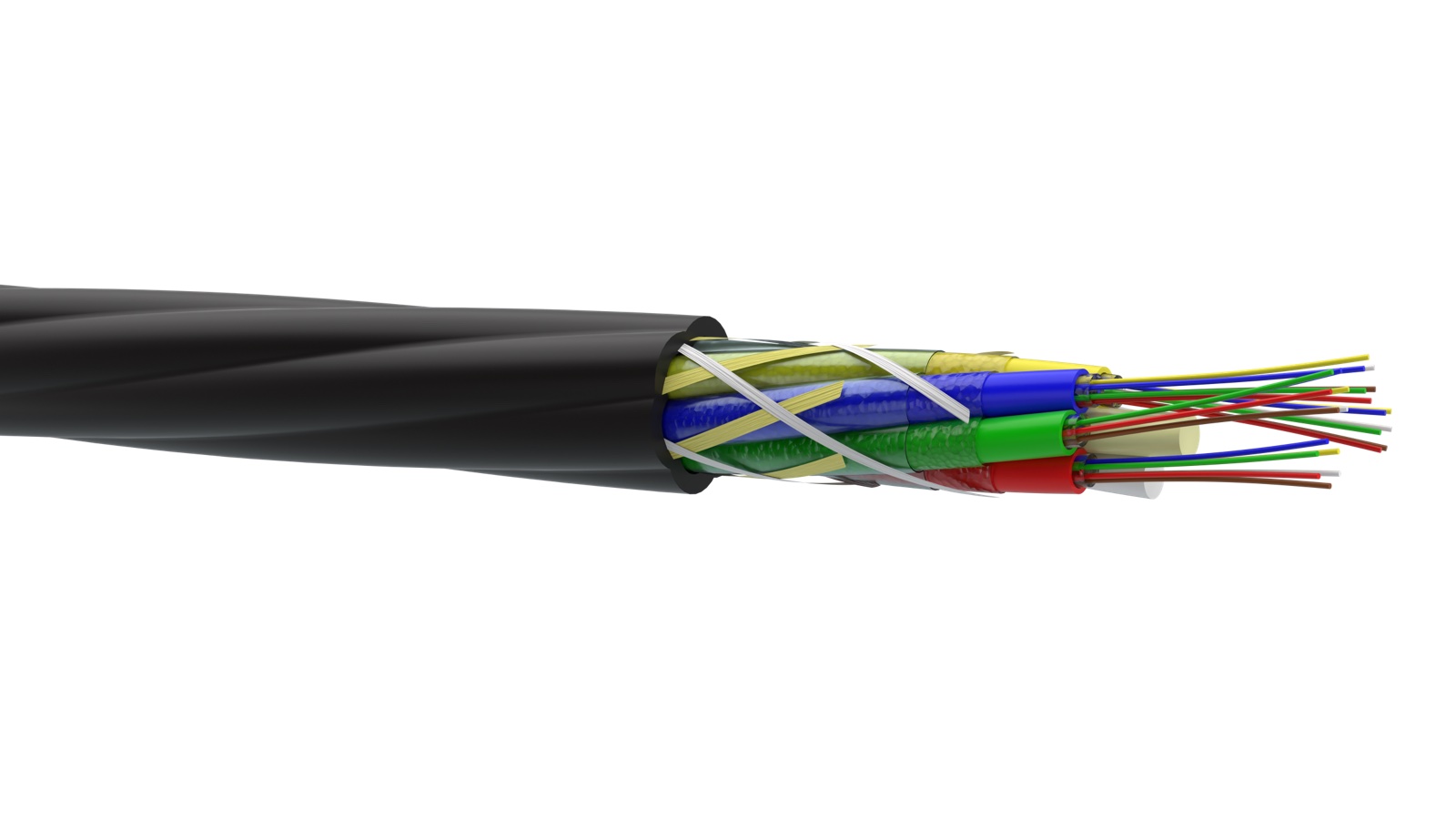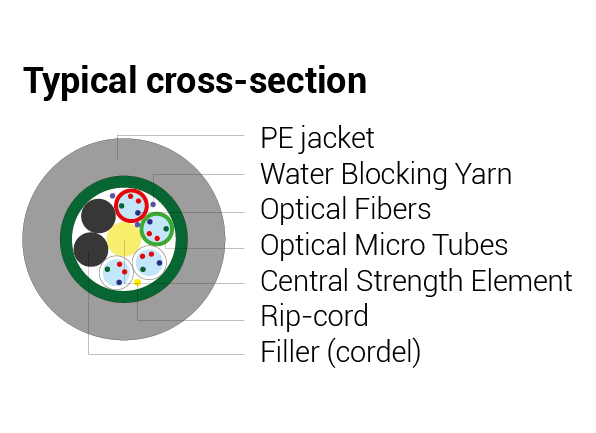Comprehensive Guide on Single Mode Fiber Cable G.652 D
Introduction
Fiber optic cables play an essential role in modern telecommunications by providing high-speed and reliable data transmission. Among the different types of fiber cables, Single Mode fiber G.652 D stands out due to its performance and flexibility in various environments. Below, we delve into the detailed structure, features, and mechanical characteristics of this versatile cable.
Fiber Specifications
The Single Mode fiber G.652 D is widely recognized for its precision and efficiency. Key details include:
Fiber Construction: The cable comprises X tubes with Y fibers, each tube being filled with a water-resistant gel to enhance durability and prevent moisture penetration.
Color Coding: For easy identification, the fiber follows the color-coding system specified by IEC 60304 and DIN VDE0888 standards.
Outer Jacket Characteristics
The outer jacket provides robust protection for the fiber core. Key features include:
Material: Black UV-resistant polyethylene (PE) ensures durability and resilience against harsh weather conditions and UV exposure.
Marking: Sequential meter markings along the cable allow for precise length measurements during installation.
Key Features
This fiber optic cable is designed for robust performance, incorporating advanced components to meet modern connectivity needs:
Strength Member: A central Fiber Reinforced Plastic (FRP) rod acts as the strength member, providing exceptional durability and flexibility.
Sequential Marking: Meter markings facilitate quick identification and measurement during installation processes.
Performance Attributes
The cable’s performance under various conditions makes it a reliable option for both indoor and outdoor settings:
Temperature Range:
Installation: -20°C to +50°C
Operating: -40°C to +60°C
Bending Radius: Minimum bending radius is 15 times the nominal diameter of the cable.
Crash Resistance: The maximum crash resistance is 200 N/cm.
Tension Load: The cable can withstand tension loads ranging from 700 N to 2500 N, depending on specific application requirements.
Mechanical Characteristics
Cable Length: Each reel typically contains 4 to 6 km of cable, facilitating longer-distance installations.
Micro-Tube Design: Designed for pneumatic blowing in tubes, this cable can be installed inside buildings and structures. Applications include wall installations, vertical and horizontal cable lines, connections between floors, cable sewage systems, pipes, cable trays, blocks, and tunnels. It is important to note that this cable is not resistant to rodent damage.
Conclusion
Single Mode fiber G.652 D provides a robust and versatile solution for modern telecommunication networks. Its high-performance attributes, durable construction, and adaptability to various installation environments make it a preferred choice for professionals seeking reliable connectivity solutions.




